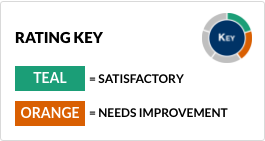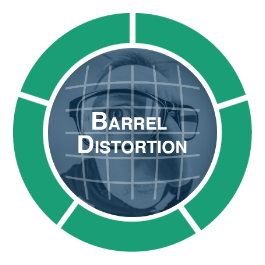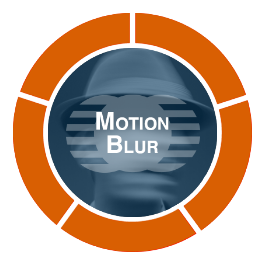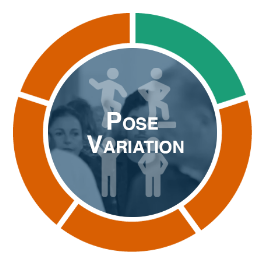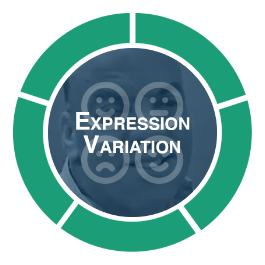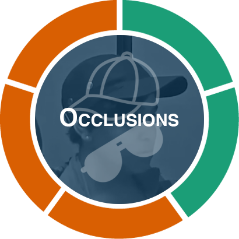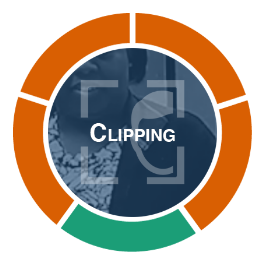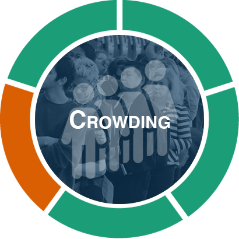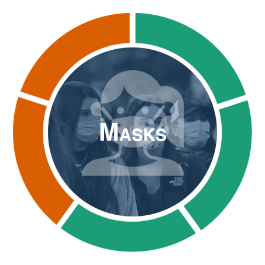2020 Privacy Technology Demonstration Results
The 2020 Privacy Technology Demonstration (2020 Demo) is an event sponsored by the Department of Homeland Security (DHS) Science & Technology (S&T) Directorate to survey the state of privacy technology. Privacy technologies obscure or block face identity information to prevent people in videos from being identified, and are an emerging field of interest to DHS S&T as a potential solution to address public concerns about video surveillance, while still allowing safety organizations to safeguard the homeland.
A total of five systems participated in the 2020 Privacy Demonstration, and their goal was to obfuscate faces that appeared in a challenge video that highlighted use-cases seen in DHS operations:
- Travelers interacting with a security officer one-on-one,
- Travelers waiting in a crowded queue,
- Travelers walking through an open space, and
- Individuals wearing face masks that cover the nose and mouth regions of the face.
2020 Demo Results Summary
Below is a summary of how well the privacy systems processed different aspects, or factors, of the challenge video. Each segment of the outer ring is dedicated to one system with the color indicating whether a system did well (teal) or if there is room for improvement (orange). To read a description of each factor and a summary of how all the systems performed on that factor, hover your mouse cursor over each graphic to reveal additional information. A smaller version of each graphic is displayed in the top right corner of each summary.
